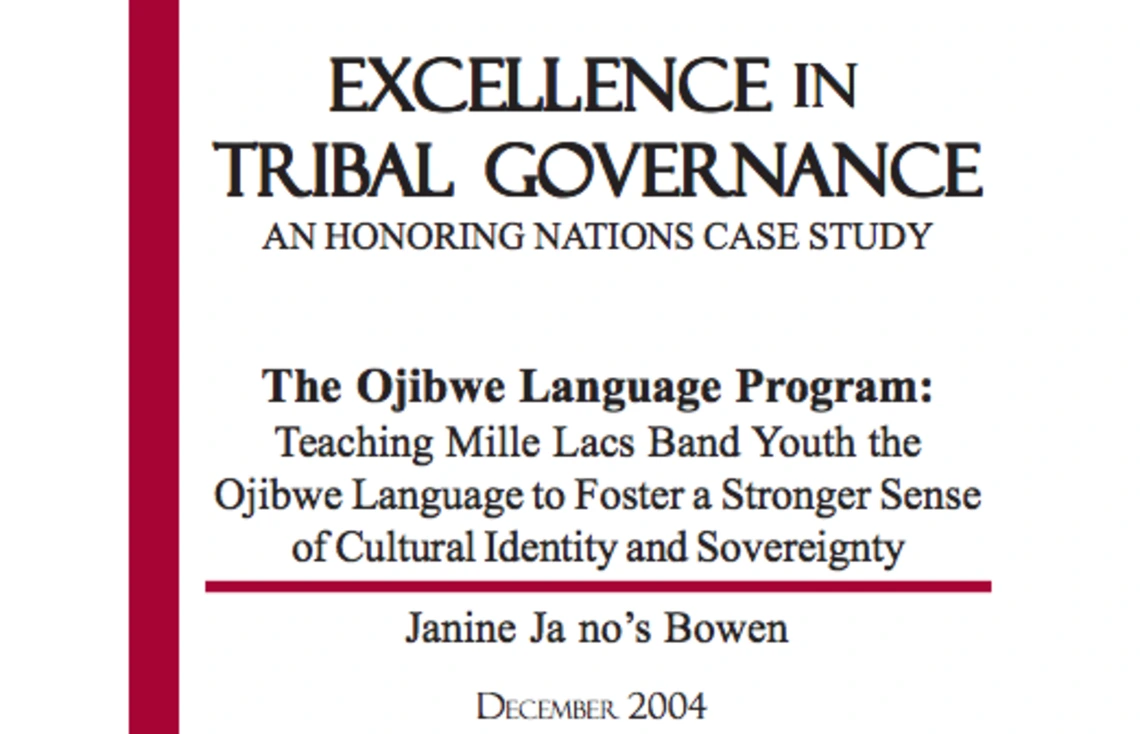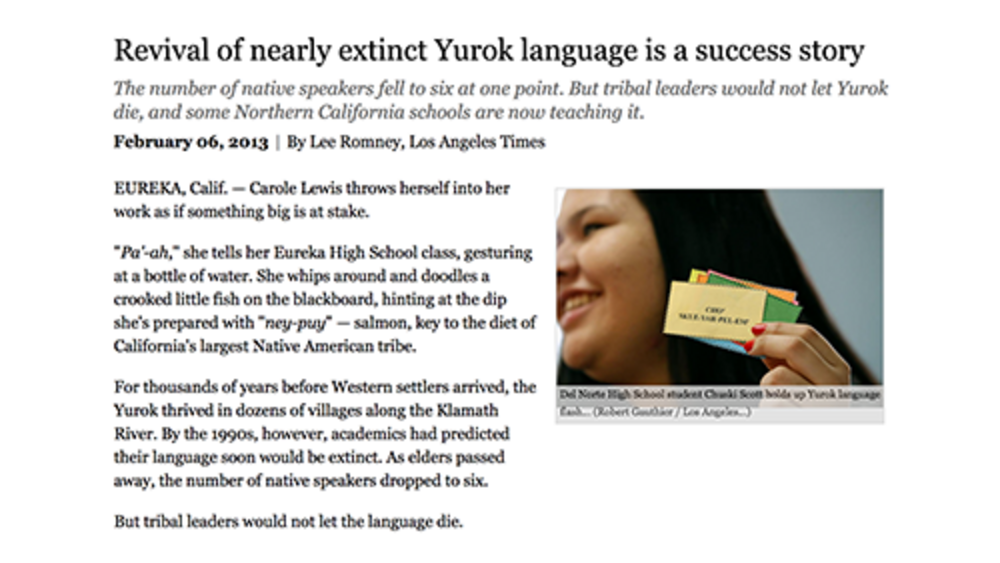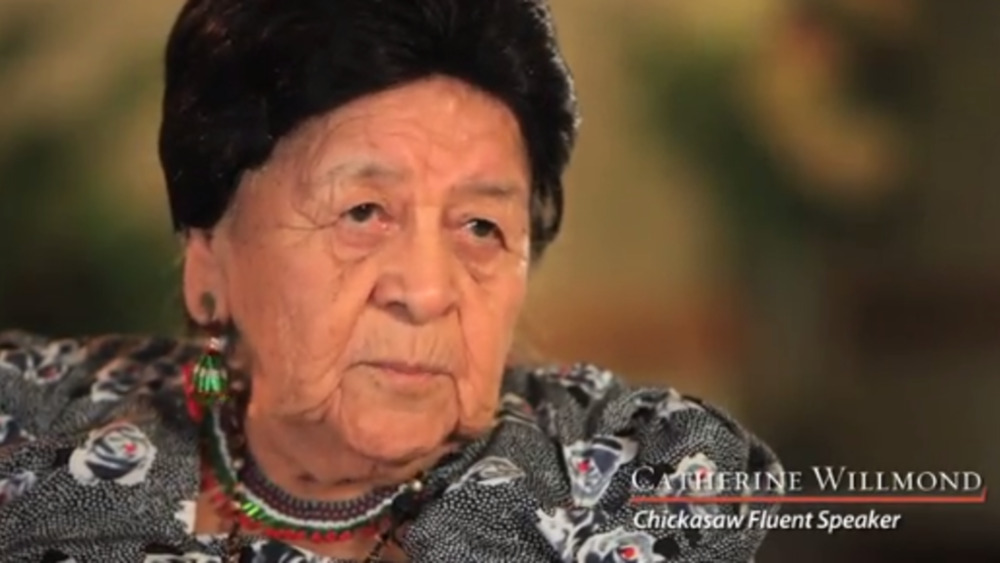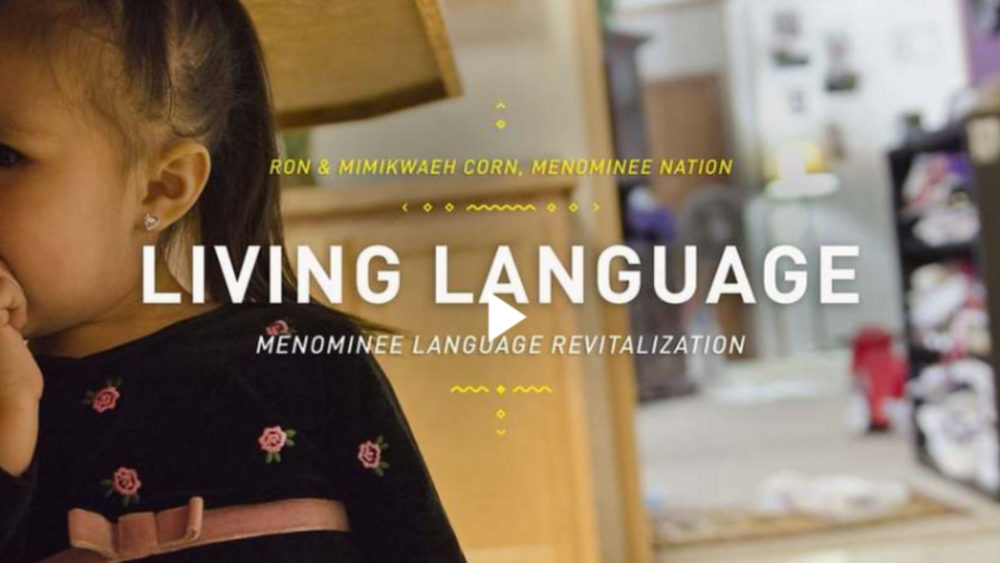As part of its effort to assimilate American Indians into mainstream society, the federal government launched an assault on Native languages. For example, in the 1890s the government built twenty-five off-reservation boarding schools to which many Indian children were forcibly removed and where they were prevented from speaking their Native languages. The result of this decades-long policy was a devastating loss of Native languages. Many tribes struggled to preserve their languages even as the number of fluent speakers dwindled. Among these tribes was the Mille Lacs Band of Ojibwe. By the 1990s, Native language use among the Mille Lacs Band had clearly declined while estimates indicated that, by 1994, only ten percent of Mille Lacs Band members could speak the Ojibwe language fluently. The youngest Native speaker was thirty-seven years old. Mille Lacs leaders, educators, and citizens feared that the loss of the Ojibwe language would bring about the demise of tribal traditions and Ojibwe identity among their band members. To avert this crisis, the faculty of the Nay Ah Shing School, a school owned and operated by the Mille Lacs Band, formed an Elders Advisory Board comprised of five traditionalists for the purpose of establishing an intensive Ojibwe language and culture program. Their hope was that this program would foster the Mille Lacs Band members’ fluency and pride in using the Ojibwe language. They believed that restoring the Band’s language would foster a long-term process of cultural renaissance and lay the foundation for stronger self-governance.
Additional Information
Janine Ja no's Bowen. "The Ojibwe Language Program: Teaching Mille Lacs Band Youth the Ojibwe Language to Foster a Stronger Sense of Cultural Identity and Sovereignty." Honoring Nations. Harvard Project on American Indian Economic Development, John F. Kennedy School of Government, Harvard University. Cambridge, Massachusetts. December 2004. Case Study.




